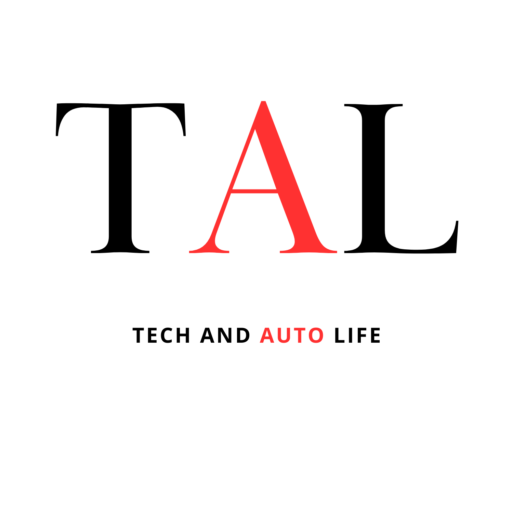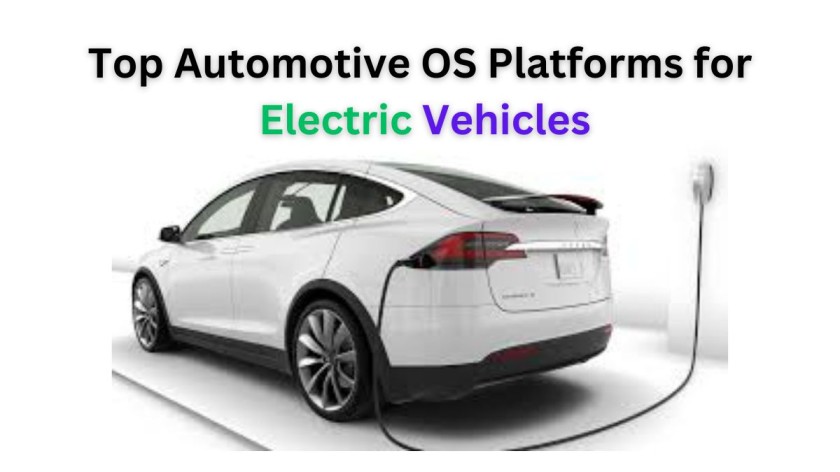Table of Contents
Introduction:
As electric vehicles (EVs) continue to revolutionize the automotive industry, the importance of sophisticated operating systems (OS) in these vehicles has become increasingly apparent. EVs are not just about replacing internal combustion engines with electric motors; they represent a paradigm shift towards smarter, more connected, and more autonomous transportation. At the heart of this transformation are the operating systems that manage and coordinate the myriad of functions within an electric vehicle.
These OS platforms serve as the backbone of EV technology, integrating hardware and software to ensure seamless operation and optimal performance. They handle everything from the basic vehicle control systems, such as braking, acceleration, and battery management, to more advanced functionalities like infotainment, navigation, and autonomous driving capabilities. The ability to efficiently manage and process vast amounts of data from various sensors and systems is critical for the safety, efficiency, and user experience of electric vehicles.
In this blog, we will delve into some of the top automotive OS platforms that are driving innovation in the EV industry. We will explore how these platforms provide the necessary infrastructure for electric vehicles, enabling features that enhance driver convenience, vehicle performance, and overall safety. By understanding the strengths and unique attributes of these OS platforms, we can gain insight into how they are shaping the future of electric vehicles and what we can expect from the next generation of smart transportation.
List of OS Platforms for Electric Vehicles:
(1) Android Automotive OS:
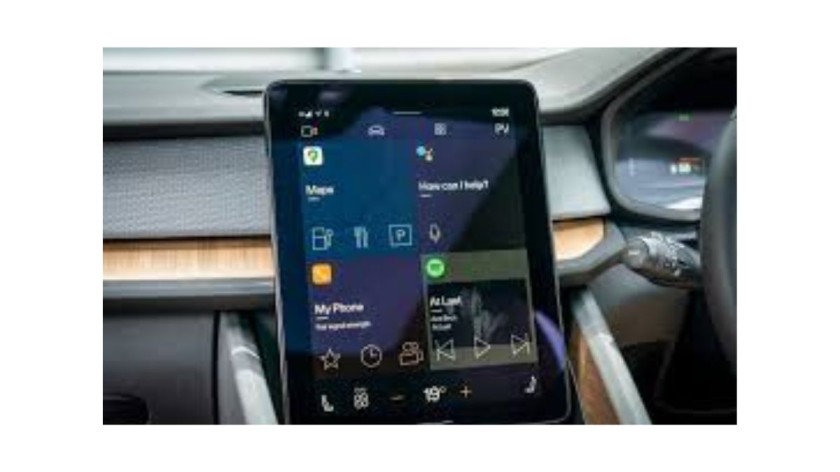
Google’s Android Automotive OS is an advanced operating system specifically developed for use in vehicles. It provides automakers with a customizable and scalable solution that can be tailored to meet their specific requirements. Key features of this operating system include:
- Integration with Google Services: This OS provides seamless access to Google Maps for navigation, Google Assistant for voice control, and the Google Play Store for a wide range of apps. This integration ensures that drivers have access to familiar and reliable services.
- User-Friendly Interface: Android Automotive OS offers an intuitive and customizable user interface, making it easy for drivers and passengers to interact with the system. The interface can be adapted to match the branding and design language of different automakers.
- Developer Support: Google provides extensive support for developers, including software development kits (SDKs), application programming interfaces (APIs), and comprehensive documentation. This support encourages the creation of innovative applications tailored to the automotive environment.
(2) QNX Neutrino:
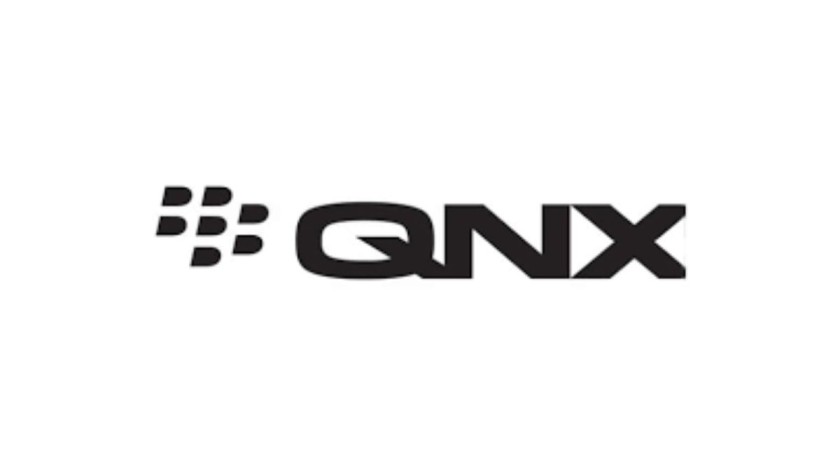
BlackBerry’s QNX Neutrino is a highly regarded real-time operating system that is extensively utilized in the automotive industry for its exceptional reliability and top-notch security features. It is the preferred choice for automakers when it comes to critical systems due to its proven track record for robustness and safety. Notable highlights of QNX Neutrino include:
- High Reliability: QNX Neutrino has a proven track record in safety-critical environments such as medical devices and industrial automation, making it a trusted choice for automotive applications where reliability is paramount.
- Scalability: The OS is designed to be scalable, accommodating a range of automotive applications from infotainment systems to advanced driver-assistance systems (ADAS) and autonomous driving.
- Robust Security: QNX Neutrino incorporates strong security features to protect against cyber threats, including secure boot, encryption, and intrusion detection. This is crucial as vehicles become increasingly connected and vulnerable to cyber-attacks.
(3) AUTOSAR Adaptive Platform:
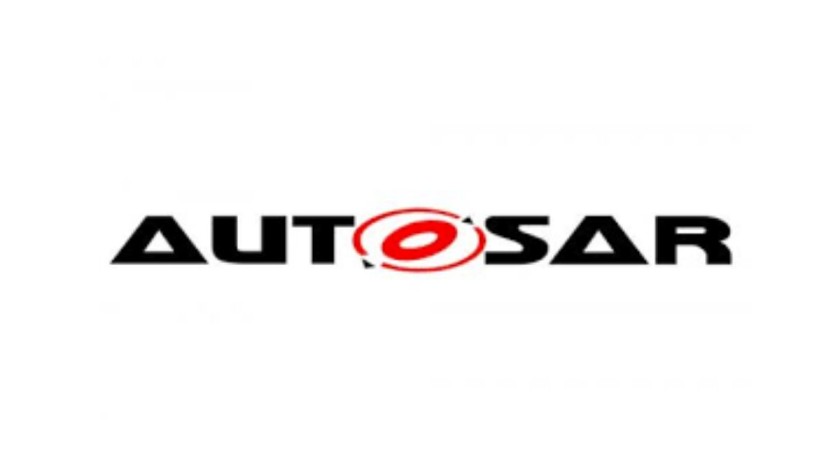
The AUTOSAR (Automotive Open System ARchitecture) Adaptive Platform is a widely recognized industry standard for automotive software architecture. It offers a versatile and adaptable framework that enables the development of sophisticated applications and services specifically tailored for Electric Vehicles (EVs). This platform addresses crucial aspects such as scalability, security, and real-time capabilities, making it an essential tool for the automotive industry’s transition towards advanced and connected electric vehicles.
- Interoperability: AUTOSAR ensures compatibility between different hardware and software components from various suppliers, promoting a modular approach to automotive software development.
- Flexibility: The Adaptive Platform supports future vehicle architectures and technologies, allowing for the integration of new features and functions as the industry evolves.
- Modularity: The platform’s modular design allows for scalable and reusable software components, which can reduce development time and costs while enhancing the ability to update and upgrade vehicle systems.
(4) Tesla OS:
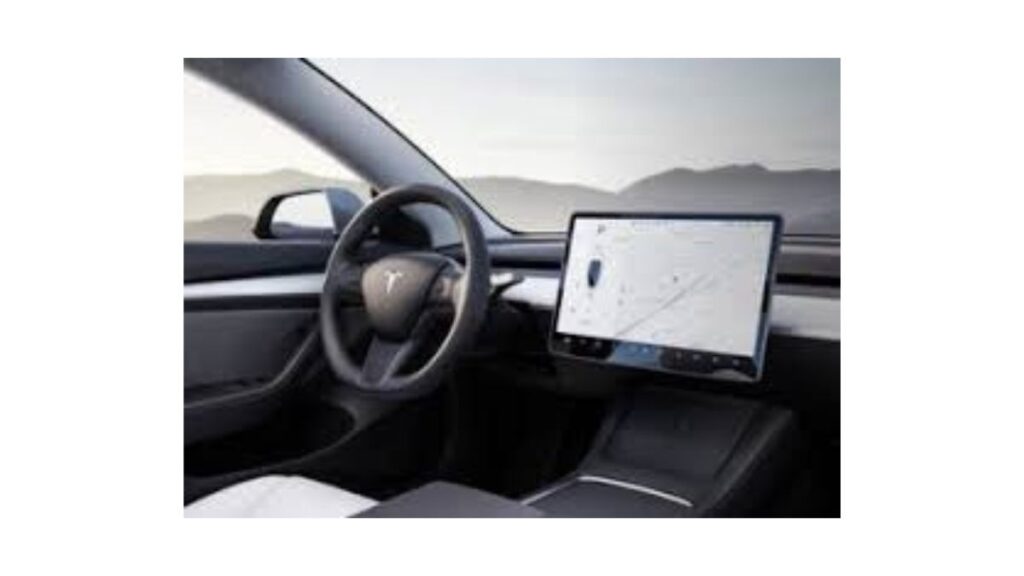
Tesla’s proprietary operating system is a key component of its vehicles’ performance and user experience. Although specific details about the OS are closely guarded, some known features are:
- Over-the-Air Updates: Tesla’s OS enables continuous improvement and the addition of new features without the need for a visit to a service center. These updates can include anything from bug fixes to new functionalities and performance enhancements.
- Integrated System: Tesla’s OS integrates vehicle controls, infotainment, and autonomous driving features into a cohesive system. This integration allows for seamless operation and a unified user experience.
- High Performance: Optimized for the unique hardware and software requirements of Tesla vehicles, the OS ensures high performance and responsiveness, contributing to the overall driving experience and vehicle efficiency.
(5) Apple CarPlay and Android Auto:
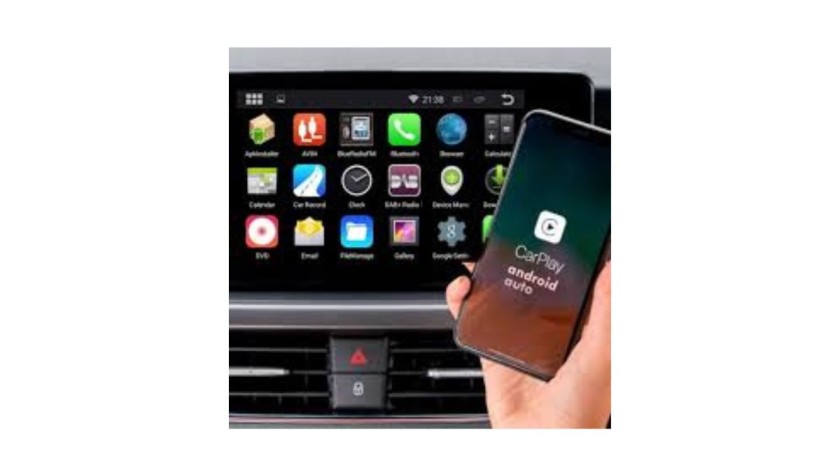
Apple CarPlay and Android Auto are not full-fledged operating systems, but rather essential platforms designed to seamlessly integrate smartphones with car infotainment systems. They provide a range of features and functionalities that enhance the driving experience, including:
- Ease of Use: Both platforms provide interfaces that are familiar to iPhone and Android users, making it easy for drivers to access their apps and services while driving.
- App Integration: These platforms offer access to navigation apps like Apple Maps and Google Maps, music streaming services such as Spotify and Apple Music, and communication apps including Messages and WhatsApp.
- Voice Control: Hands-free operation via Siri or Google Assistant helps drivers stay focused on the road while controlling their infotainment system using voice commands.
(6) Renesas Automotive OS:
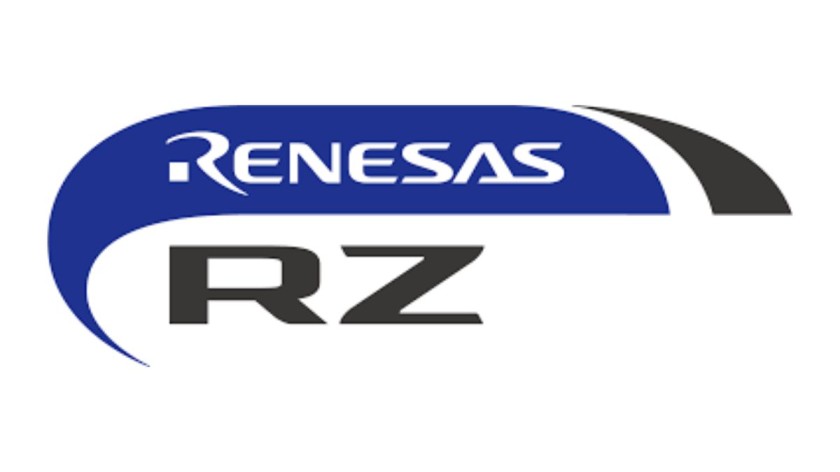
Renesas, a prominent semiconductor manufacturer, offers a wide range of operating system solutions tailored specifically for electric vehicles (EVs). Their automotive OS is meticulously crafted to prioritize both safety and efficiency. Key features of their automotive OS include:
- Real-Time Performance: Renesas Automotive OS ensures the timely processing of critical vehicle functions, which is essential for maintaining vehicle safety and performance.
- Safety Standards Compliance: The OS meets rigorous automotive safety standards, such as ISO 26262, ensuring that it can be used in applications where functional safety is a priority.
- Energy Efficiency: Optimized for the power requirements of electric vehicles, the OS helps to manage energy consumption effectively, contributing to longer battery life and improved overall vehicle efficiency.
The Future of Automotive OS Platforms:
As the automotive industry advances, the demand for more sophisticated and secure operating systems in electric vehicles will only grow. Future developments in artificial intelligence (AI), machine learning (ML), and 5G connectivity will further enhance these platforms, leading to smarter, safer, and more efficient electric vehicles. For example:
- AI and ML: These technologies will enable predictive maintenance, adaptive driver assistance systems, and enhanced autonomous driving capabilities.
- 5G Connectivity: Faster and more reliable connectivity will improve vehicle-to-everything (V2X) communication, enabling better interaction between vehicles and their surroundings, enhancing safety and traffic management.
Conclusion:
Choosing the right operating system for an electric vehicle is crucial for automakers. Platforms like Android Automotive OS, QNX Neutrino, AUTOSAR Adaptive, Tesla OS, Apple CarPlay, Android Auto, and Renesas Automotive OS each offer unique benefits that can enhance the functionality and user experience of EVs. As technology evolves, these OS platforms will continue to drive innovation in the electric vehicle industry.
For automakers and tech enthusiasts alike, staying informed about these cutting-edge operating systems is essential. Keep an eye on how these platforms develop and shape the future of electric vehicles, ensuring that the next generation of EVs is smarter, safer, and more efficient than ever before.
Read more- Comparing Gaming Performance: Tablet vs Phone
FAQ-
What is the role of an operating system in an electric vehicle?
An operating system in an electric vehicle (EV) is responsible for managing and coordinating the various hardware and software components to ensure the vehicle operates smoothly and efficiently. This includes basic functions like battery management, braking, and acceleration, as well as advanced features such as infotainment, navigation, and autonomous driving capabilities. The OS also handles data processing from sensors and facilitates communication between different vehicle systems.
How does Android Automotive OS enhance the user experience in electric vehicles?
Android Automotive OS enhances the user experience by providing a customizable and user-friendly interface, seamless integration with Google services (such as Google Maps, Google Assistant, and the Google Play Store), and robust support for third-party app development. This allows drivers and passengers to access a wide range of applications and services, ensuring a more connected and enjoyable driving experience.
Why is QNX Neutrino popular among automakers for electric vehicles?
QNX Neutrino is popular among automakers due to its high reliability, scalability, and robust security features. It has a proven track record in safety-critical environments and is designed to handle the demanding requirements of automotive applications, from infotainment systems to advanced driver-assistance systems (ADAS). Its strong security measures protect against cyber threats, making it a trusted choice for ensuring vehicle safety and performance.
What makes Tesla’s operating system unique compared to other automotive OS platforms?
Tesla’s operating system is unique because it is a proprietary platform specifically designed to optimize the performance and user experience of Tesla vehicles. It offers over-the-air updates, allowing continuous improvement and the addition of new features without needing a service center visit. The integrated system seamlessly combines vehicle controls, infotainment, and autonomous driving features, ensuring a cohesive and high-performing user experience.
How do platforms like Apple CarPlay and Android Auto differ from full-fledged automotive operating systems?
Apple CarPlay and Android Auto are not full-fledged automotive operating systems but rather platforms that integrate smartphones with car infotainment systems. They provide a familiar interface for iPhone and Android users, allowing access to navigation, music, and communication apps while driving. These platforms enhance the in-car experience by enabling hands-free operation via voice control but do not manage the vehicle’s core functions like a full automotive OS does.
